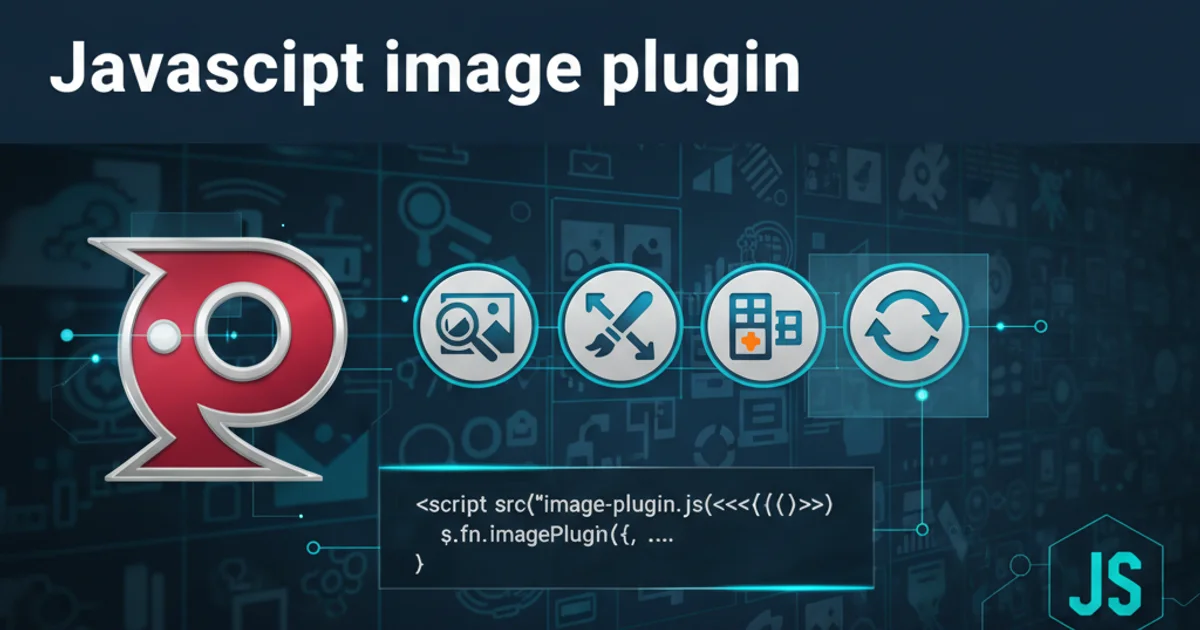What does preverification of J2ME application mean?
Categories:
Understanding J2ME Application Preverification

Explore the critical process of preverification in J2ME development, why it's necessary, and how it ensures application integrity and security on resource-constrained devices.
J2ME (Java 2 Platform, Micro Edition) was a widely used platform for developing applications for mobile phones and embedded devices with limited resources. A fundamental and often misunderstood step in the J2ME application lifecycle is preverification. This process is crucial for ensuring that Java bytecode, compiled for the standard Java Virtual Machine (JVM), can run safely and efficiently on the highly constrained Java ME runtime environment, known as the KVM (Kilo Virtual Machine) or CDC (Connected Device Configuration) VM.
What is Preverification?
Preverification is an offline bytecode analysis process that occurs before a J2ME application (MIDlet) is deployed to a device. Unlike the full bytecode verification performed by a standard JVM at runtime, J2ME devices often lack the resources (memory, CPU) to perform extensive runtime verification. To compensate, a significant portion of this verification is shifted to the development and deployment phase.
The preverifier tool analyzes the application's bytecode to ensure it adheres to a stricter set of rules and constraints specific to the J2ME environment. This includes checking for type safety, proper stack manipulation, object initialization, and adherence to the J2ME security model. The output of the preverification process is modified bytecode, often with additional attributes or instructions, that the KVM can load and execute with minimal runtime checks.
flowchart TD
A[Java Source Code] --> B[Java Compiler (javac)]
B --> C[Standard Java Bytecode (.class files)]
C --> D{J2ME Preverifier Tool}
D --"Modified Bytecode"--> E[J2ME Application Package (.jar)]
E --> F[J2ME Device / KVM]
F --> G[Application Execution]
D --"Errors/Warnings"--> H[Developer]The J2ME Application Preverification Workflow
Why is Preverification Necessary?
The necessity of preverification stems directly from the resource limitations and security requirements of J2ME devices:
- Resource Constraints: J2ME devices typically have very limited memory and processing power. Performing full bytecode verification at runtime would consume too many resources, leading to slow application startup times and poor performance.
- Enhanced Security: J2ME applications often run in a sandboxed environment. Preverification helps enforce this sandbox by ensuring that the application's bytecode cannot perform operations that would violate the device's security policies, such as unauthorized access to system resources or memory corruption.
- Type Safety: It guarantees that the bytecode is type-safe, preventing operations that could lead to runtime type errors or unexpected behavior. This is crucial for the stability of the device and other running applications.
- Optimized Execution: By performing checks offline, the KVM can assume the bytecode is valid and safe, allowing for a simpler, faster, and more lightweight runtime verification process, or in some cases, no runtime verification at all for preverified code.
VerifyError exceptions or other runtime issues on the target device, as the KVM expects preverified bytecode.Common Preverification Issues and Solutions
Developers often encounter issues during the preverification phase, which can be frustrating. These usually manifest as VerifyError exceptions at runtime if preverification was skipped or failed silently, or as explicit errors from the preverifier tool itself.
Some common causes include:
- Unsupported Bytecode Features: J2ME supports a subset of Java SE features. Using advanced Java SE 5+ constructs (like generics, enums, or autoboxing) without proper configuration or targeting an older J2ME profile can lead to preverification failures.
- Incorrect Classpath: The preverifier needs access to all classes your application depends on, including J2ME API classes (like
midp.jarorcldc.jar). An incorrect classpath can lead to unresolved symbols. - Stack Underflow/Overflow: Incorrect manipulation of the operand stack, often due to complex or hand-optimized bytecode, can trigger preverification errors.
- Type Mismatches: Assigning incompatible types or incorrect method signatures can cause issues.
Solutions often involve:
- Using a J2ME-compliant compiler: Ensure your build environment is configured to compile against J2ME libraries.
- Checking your build script: Verify that the preverifier tool is correctly invoked with the right classpath and input files.
- Simplifying code: Sometimes, refactoring complex methods or avoiding certain Java SE idioms can resolve issues.
- Consulting preverifier logs: The preverifier usually provides detailed error messages that can pinpoint the exact location and nature of the problem.
java -jar preverify.jar -classpath "cldc.jar;midp.jar;." -d preverified_output_dir myapp.jar
Example command-line invocation of a J2ME preverifier tool. The -classpath argument is crucial for providing necessary J2ME libraries.